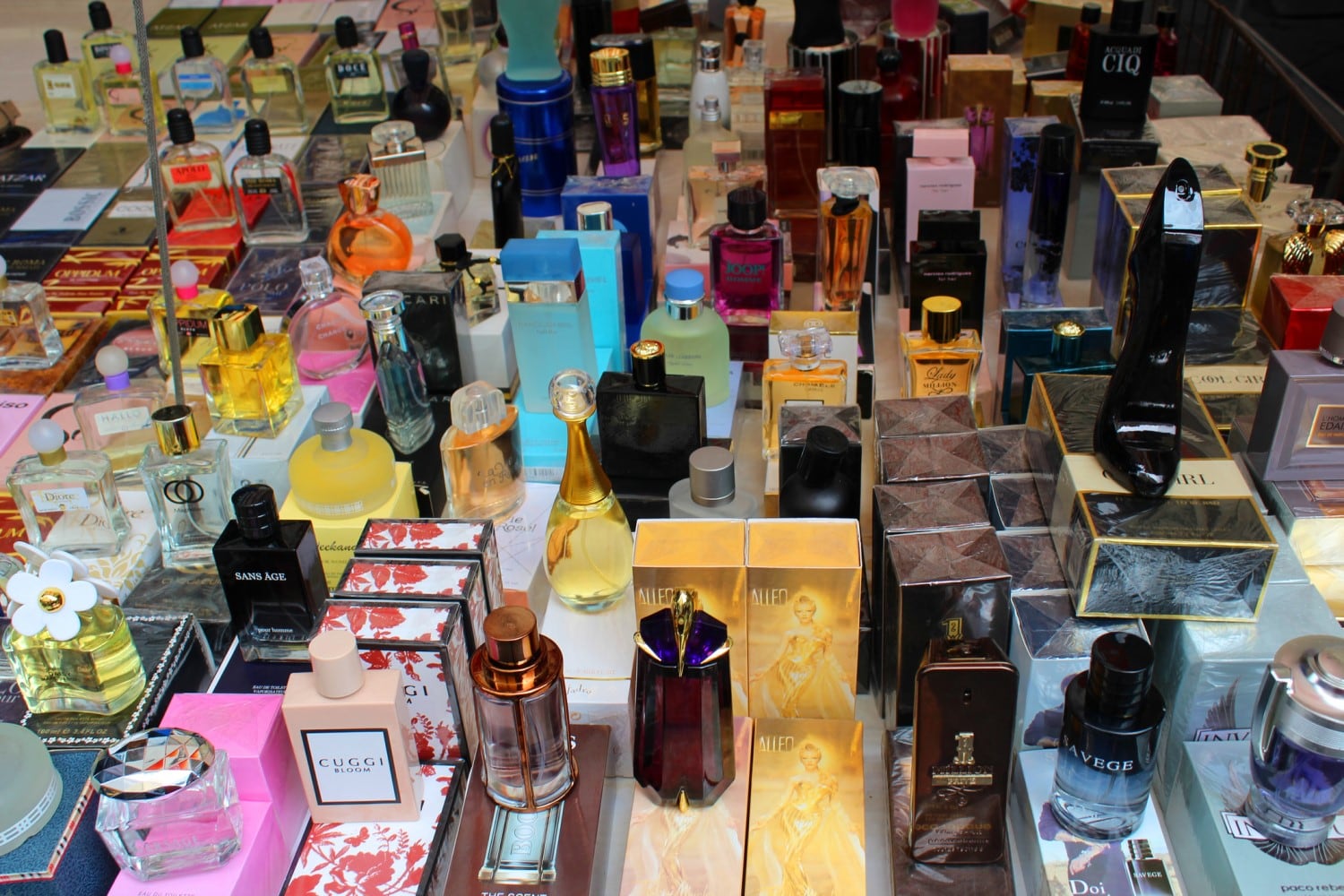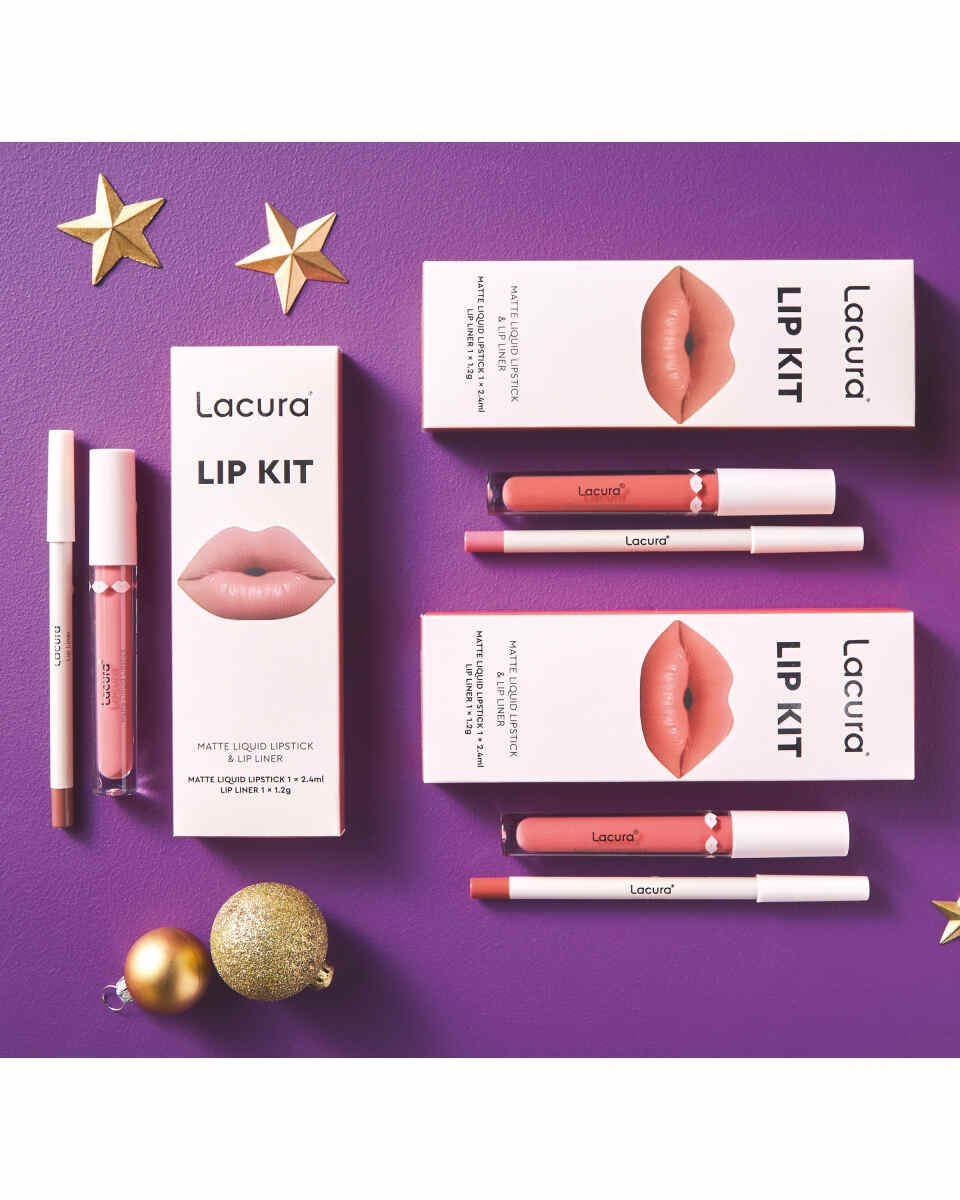Counterfeit beauty products, including fake makeup, have become an increasingly significant issue in the beauty and personal care industry, presenting challenges for both consumers and legitimate brands. This problem impacts major retailers like Amazon, Lookfantastic UK, and Beauty Bay, raising questions about whether they sell fake beauty products.
Although fake cosmetic products have been around for decades, it appears that this issue has become an even bigger and more threatening problem in recent years, with cosmetic criminals taking advantage of the growing demand for beauty products.
We're not just referring to the TikTok-fuelled beauty dupe culture, although this is somewhat related. We are focusing on products that pretend to be something they are not by illegally recreating the same packaging and logo in a bid to lure consumers into unwittingly buying something they didn't really want, from fake skincare products to counterfeit haircare products.
So why are counterfeit beauty and personal care products a problem? To start with, for consumers there are the immediate and long-term health and safety risks due to harmful ingredients and lack of safety regulations. For brands, the issues include the cosmetics industry losses and potential damage to brand reputation if a product doesn't do what is supposed to, or is even worse, dangerous.
"Counterfeit lipsticks entice consumers with the promise of staying ahead of fast-moving beauty trends at a fraction of the price of genuine products," said Katerina Vlachos who is senior brand protection partner at brand protection company Corsearch.
"However, the hidden health risks are often underestimated. Unlike authentic products, counterfeit cosmetics bypass strict testing and product safety protocols and are often packed with toxic substances like mercury and arsenic."
She continued: "While imitations might seem a savvy way to save money, the true cost could be your health, as using fake beauty products like counterfeit lipsticks could cause skin irritation, allergic reactions and serious infections."
How big is the counterfeit cosmetics problem?
In a report published in January this year, the EU Intellectual Property Office estimated that lost cosmetics sales due to counterfeiting amounted to €3bn, corresponding to 4.8 % of total sales.
The French cosmetics industry is the most badly affected overall, with €800m in annual lost sales.
According to Phil Lewis who is director general at UK-based organisation, Anti-Counterfeiting Group (ACG), counterfeiting is a huge contributor to the international fraud scene and organized crime.
"Criminals only have one thing in mind, money," he stated. "The fakers of respected perfume, toiletry and beauty products are part of this and have no regard for consumer protection or product safety."
"We have witnessed counterfeiters using toxic ingredients that they have blended in industrial machines such as cement mixers," he continued.
"There are also widely circulating myths that fakes are genuine items that have come 'from the same factory'. Moreover, the same people will use online marketplaces to gain access to buyer identities and banking details, which are then used by global fraudsters."

Why are there more counterfeit beauty products than ever in 2024?
According to Stephan von Schilcher, who is global strategic account manager at brand protection and security company Systech, the pandemic really opened up opportunities for counterfeiters online.
"We were all at home. Everybody was purchasing products online and we didn't know what was real, what was fake and what was 'diverted' anymore. We were in a different world, and it was a real opportunity for counterfeiters to emerge in a new way," he explained.
Von Schilcher pointed out that counterfeiting is rife across the beauty and pharmaceutical industries across the globe. He highlighted that according to the US-based National Association of Boards of Pharmacy, around 95% of ecommerce retailers that offer prescription drugs online operate illegally.
He also highlighted the burgeoning issues with 'diverted' products. These are beauty and personal care products that were made and tested in the correct way, but that have somehow gotten into the wrong hands in the supply chain process and are now being sold illegally, raising concerns about supply chain transparency.
The issue with these products is that often their expiration dates have passed, or perhaps they haven't been transported in the correct circumstances, which means they may no longer be efficacious.
"A lot of the diverters are working off expired cosmetics and when a product expires, it could do other things that aren't so good," he said. "I mean with hair care for example, an expired shampoo cannot be as effective and may actually do the opposite of what it should be doing. For example, it could create hair loss if it's become way too old."
Counterfeiters are becoming more sophisticated in replicating high-end packaging and branding. As a result, it can be challenging for consumers to distinguish between genuine products and fakes.
Even as an expert in this field, Von Schilcher shared a personal story of once using a shower gel from a reputable mass market brand that he had bought in a 'Pound shop' in London and the next day his skin broke out in a rash. He said that on investigation, the shower gel was a counterfeit product being sold to appear as the 'authentic' one in a chain retailer.
Von Schilcher is also quick to point out that it's not just an issue for Amazon, eBay and TikTok Shop, whom he said are all "really working hard to counter this."
And it's not just topical products that are facing this issue. Cosmetics injectable company Teoxane UK recently added holographic seals and QR codes for product authentication on its dermal fillers products.
With the Joint Council for Cosmetic Practitioners (JCCP), the brand noted that inappropriate product supply and use is one of the most common complaints it received, and the Medicines and Healthcare products Regulatory Agency (MHRA) seized more than 15.5m doses of illegally traded medicines, with a street value of more than £30m during 2023 alone.
It has now introduced a new two-step authentication process that will enable healthcare professionals to check whether the dermal filler that they have purchased is genuine and guarantee the product traceability and quality has been authenticated at every stage of the supply chain journey before it reaches clinic.
Why are some people deliberately buying counterfeit beauty?
The UK Government's Intellectual Property Office (IPO) reported that 17% of UK women have knowingly purchased a counterfeit product online, indicating a lack of consumer awareness about the risks.
The increase in purchasing counterfeit products is likely a result of the industry value being so high.
Despite the economic downturn since the pandemic, the beauty industry still continues to grow in value, as many shoppers still want access to luxury beauty products even if they have had to tighten their budgets.
Governments are now being forced to take action to push back on this issue. For example, in February this year the UK IPO launched an awareness campaign to help tackle the consumer demand for counterfeit beauty products.
Insights produced for the IPO identified that consumers purchasing such counterfeits wrongly assumed that they were produced in similar, or even the same, conditions as genuine products and were typically unaware of the potential health risks of using them.
Photos taken during the course of enforcement activity, where counterfeit products have been seized, painted an ugly picture. While testing carried out on a selection of seized counterfeit beauty and hygiene products showed them to contain carcinogenic ingredients such as beryllium oxide and harmful heavy metals (arsenic, lead and mercury). Some samples were also found to contain rodent urine and equine faeces. The imagery of the campaign revealed these shocking and often dangerous ingredients to help raise public awareness.

What are the real risks of counterfeit beauty products?
First and foremost, there are health risks. Fake beauty products may contain harmful ingredients that can lead to allergic reactions, skin irritation, or other health hazards, even potentially being carcinogenic and causing long-term health effects and disease. The lack of regulation means these products have not undergone the normal safety testing procedures.
There are also financial losses for both brands and the consumers who spend money on these products, which do not perform as advertised.
As a result, counterfeit products can harm a legitimate brand's reputation. Fake products that perform poorly or cause problems can reflect negatively on the brand, leading to economic impact and a decline in consumer trust.
There is also the legal issue of intellectual property theft, as counterfeiting violates intellectual property rights and undermines the hard work and investment that brands put into developing their products, branding, and reputation.
"Consumers aren't the only ones caught in the cross hairs of counterfeit cosmetics - legitimate brands also take a major hit, facing substantial revenue losses and significant harm to public reputations, said Vlachos.
"For 14 of our cosmetics, beauty and skincare clients at Corsearch, we identified over $276k (US dollars) worth of infringing stock in the first half of 2024, a 53% surge from the same period last year. But the real damage goes beyond numbers: when consumers unknowingly purchase counterfeits and experience negative health outcomes, trust in authentic brands is broken and public images are tarnished."
But it doesn't just stop there.
Beauty counterfeits: employment for drug dealers and funding terrorism
According to Von Schilcher, this underworld industry has also provided a new career path for drug dealers, since if caught, they would receive a lesser jail sentence than they would by selling illegal drugs.
"Street drug dealers are changing from that job to counterfeiting because it's a ‘slap on the wrist’ and you're still making the same margins,” he explained.
Perhaps most terrifyingly, he also states that this activity is often a way to raise funds for terrorism.
“You know its often terrorist organisations trying to make money, they're selling drugs and counterfeits; any backwards way to make money,” he explained.
"The Madrid train bombings that was supported by counterfeiters, the first World Trade Centre bombing, that was supported through selling counterfeit goods..."
Take a look at part 2 of our report into counterfeit beauty and personal care products, with tips from our experts on how both beauty brands and consumers can help to avoid and counteract this growing problem.





